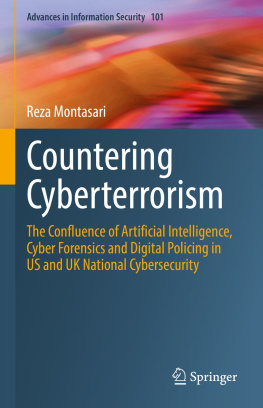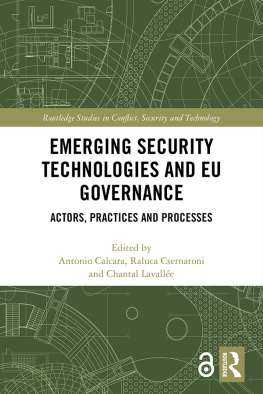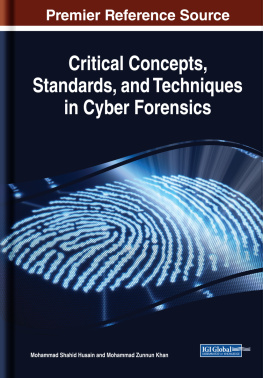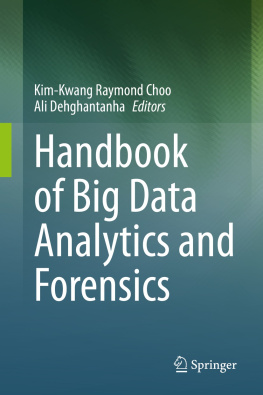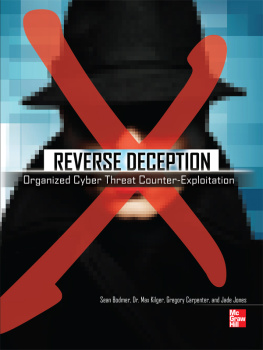Albert J. Marcella (editor) - Cyber Forensics: Examining Emerging and Hybrid Technologies
Here you can read online Albert J. Marcella (editor) - Cyber Forensics: Examining Emerging and Hybrid Technologies full text of the book (entire story) in english for free. Download pdf and epub, get meaning, cover and reviews about this ebook. year: 2021, publisher: CRC Press, genre: Politics. Description of the work, (preface) as well as reviews are available. Best literature library LitArk.com created for fans of good reading and offers a wide selection of genres:
Romance novel
Science fiction
Adventure
Detective
Science
History
Home and family
Prose
Art
Politics
Computer
Non-fiction
Religion
Business
Children
Humor
Choose a favorite category and find really read worthwhile books. Enjoy immersion in the world of imagination, feel the emotions of the characters or learn something new for yourself, make an fascinating discovery.

- Book:Cyber Forensics: Examining Emerging and Hybrid Technologies
- Author:
- Publisher:CRC Press
- Genre:
- Year:2021
- Rating:3 / 5
- Favourites:Add to favourites
- Your mark:
Cyber Forensics: Examining Emerging and Hybrid Technologies: summary, description and annotation
We offer to read an annotation, description, summary or preface (depends on what the author of the book "Cyber Forensics: Examining Emerging and Hybrid Technologies" wrote himself). If you haven't found the necessary information about the book — write in the comments, we will try to find it.
Threat actors, be they cyber criminals, terrorists, hacktivists or disgruntled employees, are employing sophisticated attack techniques and anti-forensics tools to cover their attacks and breach attempts. As emerging and hybrid technologies continue to influence daily business decisions, the proactive use of cyber forensics to better assess the risks that the exploitation of these technologies pose to enterprise-wide operations is rapidly becoming a strategic business objective. This book moves beyond the typical, technical approach to discussing cyber forensics processes and procedures. Instead, the authors examine how cyber forensics can be applied to identifying, collecting, and examining evidential data from emerging and hybrid technologies, while taking steps to proactively manage the influence and impact, as well as the policy and governance aspects of these technologies and their effect on business operations.
A world-class team of cyber forensics researchers, investigators, practitioners and law enforcement professionals have come together to provide the reader with insights and recommendations into the proactive application of cyber forensic methodologies and procedures to both protect data and to identify digital evidence related to the misuse of these data. This book is an essential guide for both the technical and non-technical executive, manager, attorney, auditor, and general practitioner who is seeking an authoritative source on how cyber forensics may be applied to both evidential data collection and to proactively managing todays and tomorrows emerging and hybrid technologies. The book will also serve as a primary or supplemental text in both under- and post-graduate academic programs addressing information, operational and emerging technologies, cyber forensics, networks, cloud computing and cybersecurity.
Albert J. Marcella (editor): author's other books
Who wrote Cyber Forensics: Examining Emerging and Hybrid Technologies? Find out the surname, the name of the author of the book and a list of all author's works by series.

